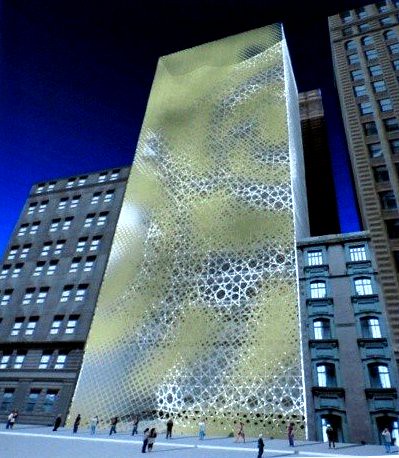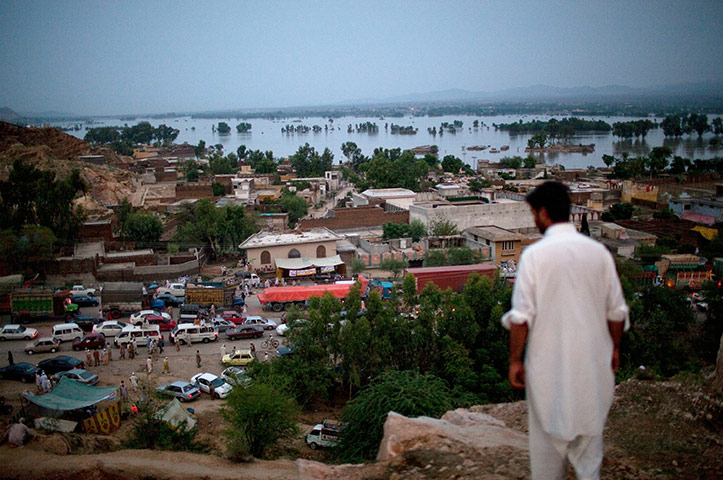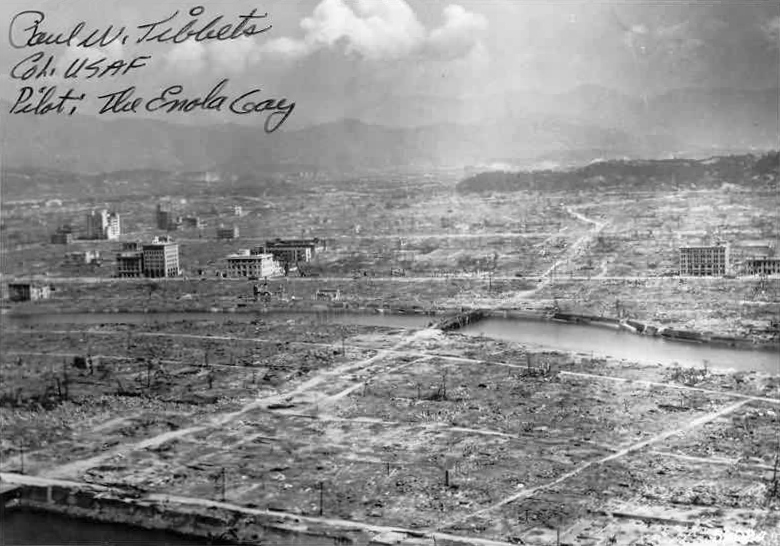On Proposed Manhattan Mosque and Islamic Community Center
By Orhan Ayyüce
Article originally published for this discussion thread in Archnect.com and re-published here with the author's permission.
I am not a practicing Muslim. Perhaps, then, not a muslim at all. Growing up in a secular but, nevertheless, un-officially and majority muslim country, I have been exposed to Islam, learned about its traditions, customs, and, as an architect, developed great appreciation for the design of its places of worship.






